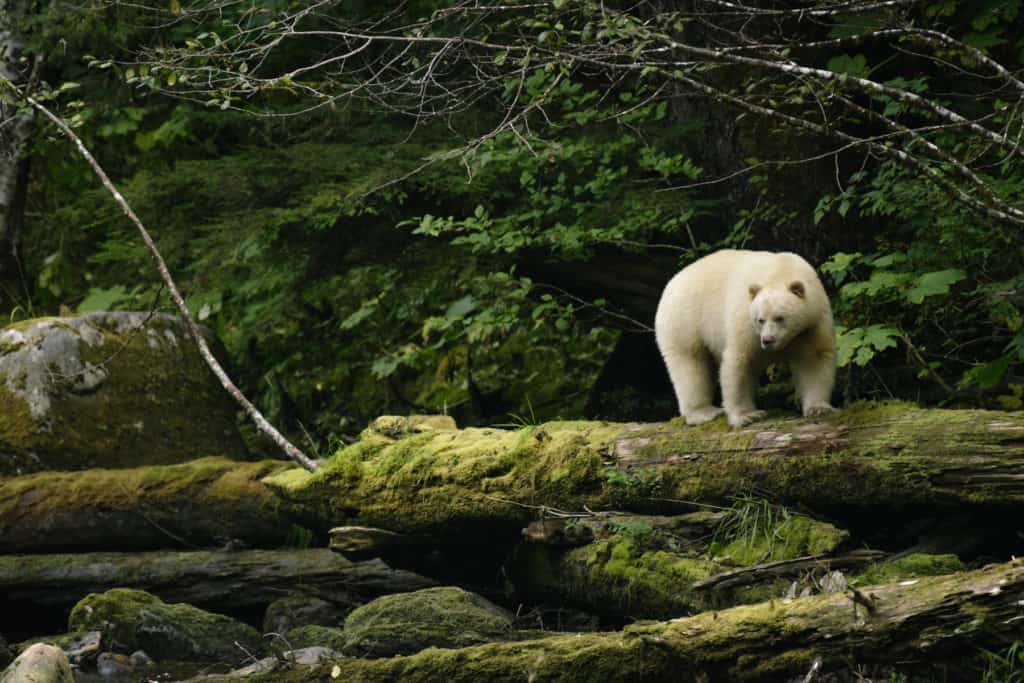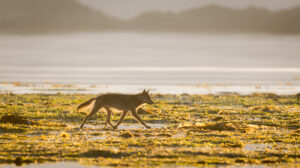CREATURE FEATURE: Spirit Bears
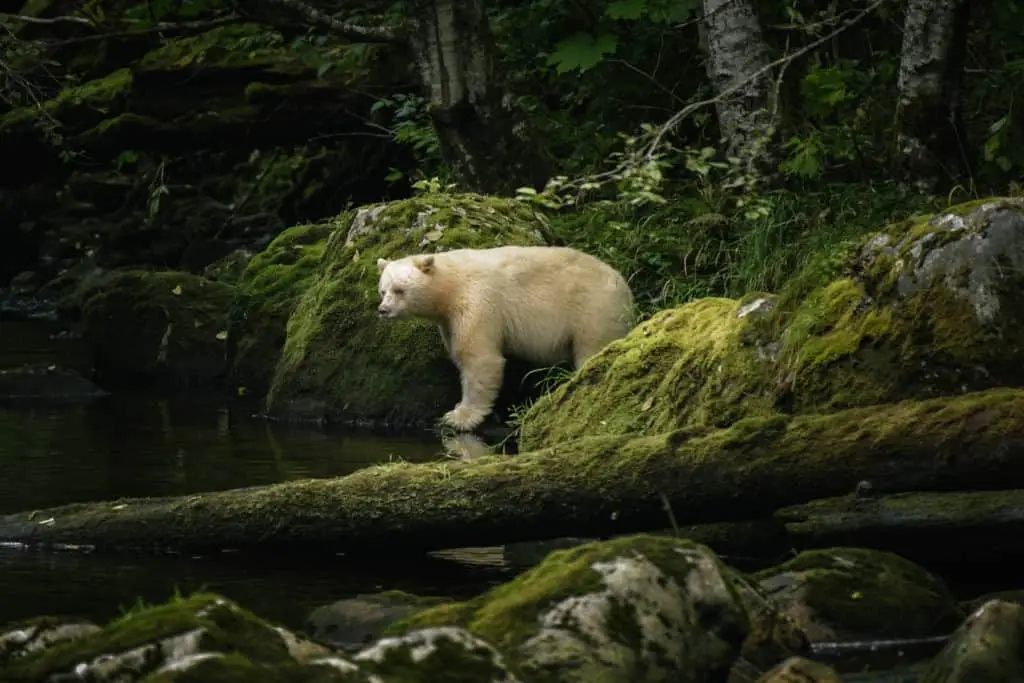
British Columbia’s Great Bear Rainforest is home to many iconic animal species, including coastal grey wolves, grizzly bears, sea otters, humpback whales, and orcas. But perhaps no creature in this remote region has captured the public’s imagination like the white-coated spirit bear.
First Nations people have known about spirit (Kermode) bears for thousands of years. But the bears were unknown to Western science until 1905 when zoologist William Hornaday first described them. At that time, spirit bears were believed to be an entirely new bear species. It wasn’t until 1928 that biologists finally discovered that they were really white variants of the American black bear.
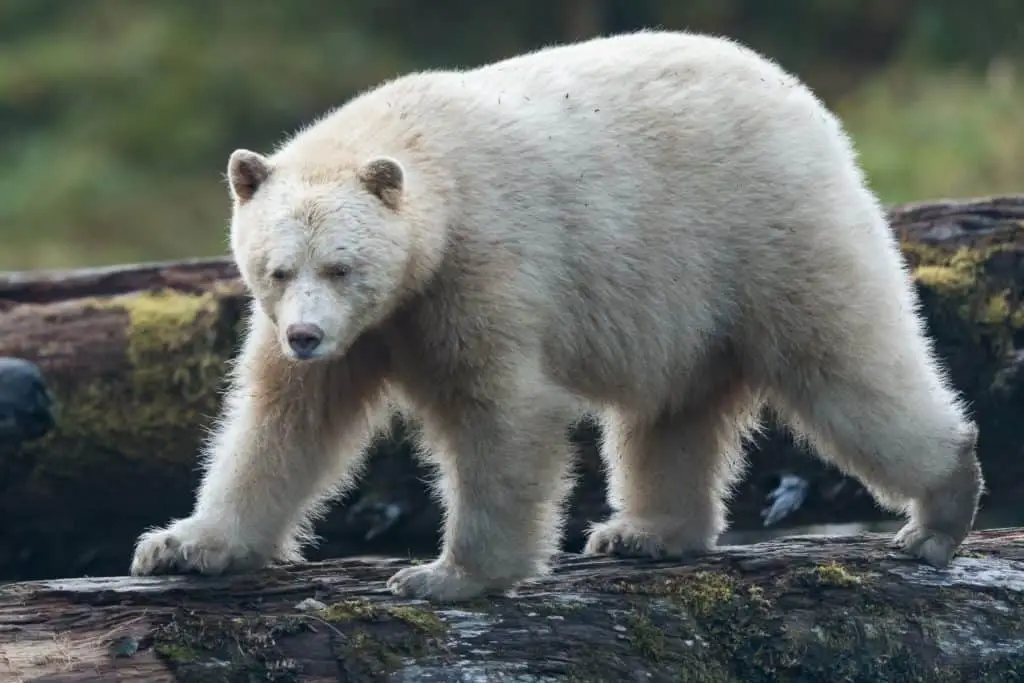
The first thing people should know about these ghostly ursines is that they aren’t polar bears and they aren’t albinos. The spirit bear’s white fur is actually the result of a recessive gene, Similar to human redheads, where you need both parents carrying the gene in order to create a spirit bear.
Most of the world’s spirit bears occur in the Great Bear Rainforest, located on British Columbia’s north and central coast. No one knows exactly how many spirit bears exist, though one estimate suggests there may be fewer than 400.
For most of the 20th century, spirit bears were off the public’s radar. And to some degree, this was deliberate. According to Doug Neasloss, Chief Councillor for Kitasoo/Xai’xais First Nation, his people considered spirit bears to be sacred. “Our elders were careful not to talk about them for fear of hunters and poachers,” he says.
Spirit bears have been legally protected from hunting since the 1950s, but they still face several threats, including habitat loss from logging, and declining salmon stocks. And, indirectly, they still face pressure from hunters. That’s because the hunting of black-coated black bears is still permitted and it’s impossible to tell by looking, just which bears are carrying the spirit bears’ recessive gene.
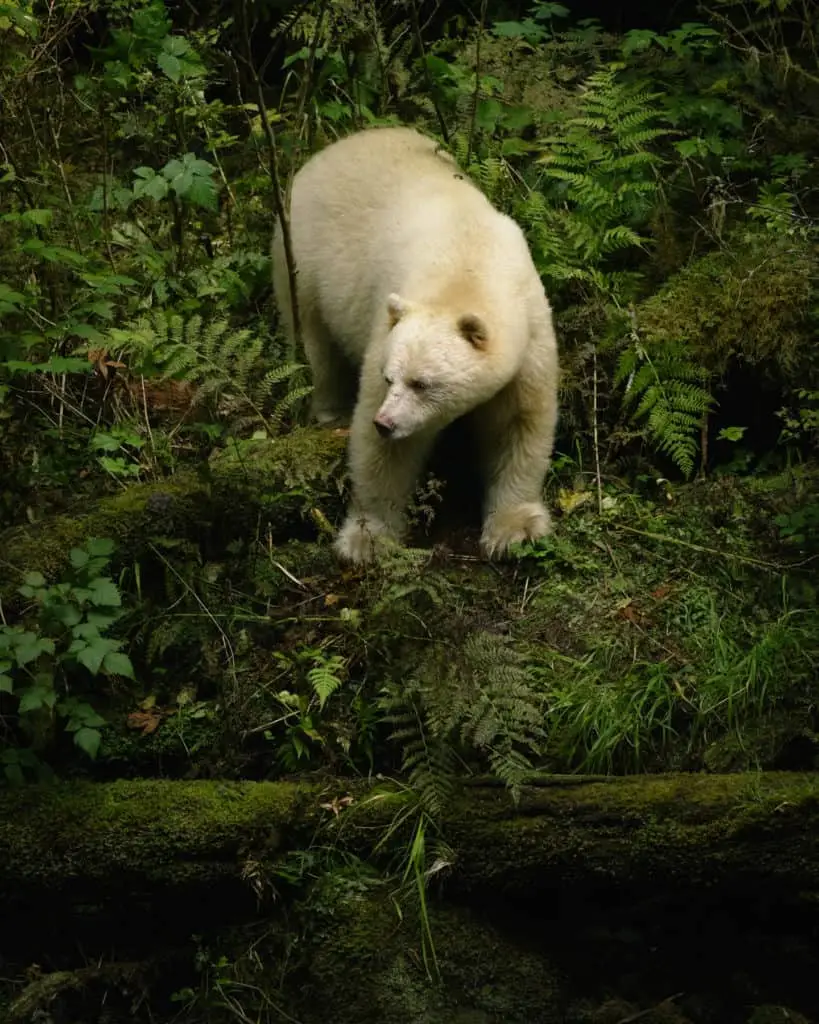
The existence of spirit bears has become widely known over the past 30 years, drawing thousands of eco-tourists to the Great Bear Rainforest. And while this kind of attention can often hurt a rare species, many believe that it has been good for spirit bears. In particular, because it helped lead to the creation of the Kitasoo Spirit Bear Conservancy, a huge protected area that covers a large portion of their habitat and is co-managed by the Kitasoo Nation and the Province of British Columbia.
There are still a lot of unanswered questions about spirit bears, such as how healthy their population is, and in what ways their white fur is an advantage or disadvantage. Researchers are currently collecting information about the diet of spirit bears in order to compare it to black-coated bears in the same region.
If viewing a spirit bear is on your bucket list, you’d have the best chance to see one by visiting the Great Bear Rainforest.
